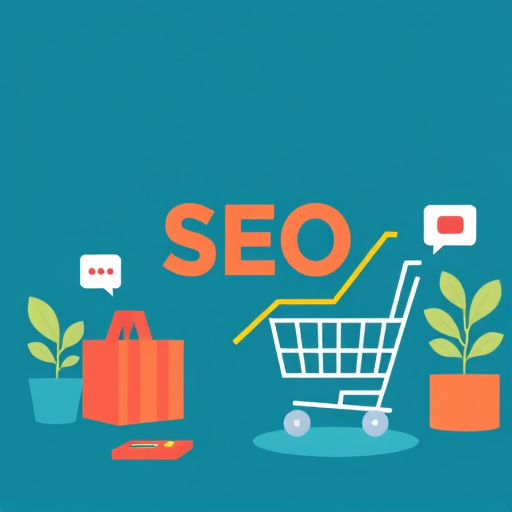To drive sales in e-commerce, understand target audience needs through demographics and psychographics, implement on-page SEO strategies with long-tail keywords, optimize user experience with engaging product descriptions, leverage reviews for credibility, and use location-specific keywords for local search to reach a relevant audience. Mastering keyword research with tools like Google Keyword Planner enhances visibility. Highlight unique selling points in titles and follow best meta tag practices for improved rankings and user experience. Align product descriptions with target customers' values, especially in the ethical consumption landscape, to drive local sales growth.
“Unleash your inner copywriter and learn to craft product descriptions that captivate and convert. In today’s competitive e-commerce landscape, engaging descriptions are key to standing out. This guide explores effective on-page SEO strategies, from understanding your target audience to crafting compelling headlines and leveraging storytelling. Discover how to highlight unique selling points (USPs) and optimize your product pages for maximum impact, driving sales at scale.”
- Understand Your Target Audience
- Master Keyword Research for Product Descriptions
- Craft Compelling Headlines and Openings
- Highlight Unique Selling Points (USPs)
- Use Storytelling to Create Emotional Connections
- Optimize for On-Page SEO and Conversion Rate
Understand Your Target Audience
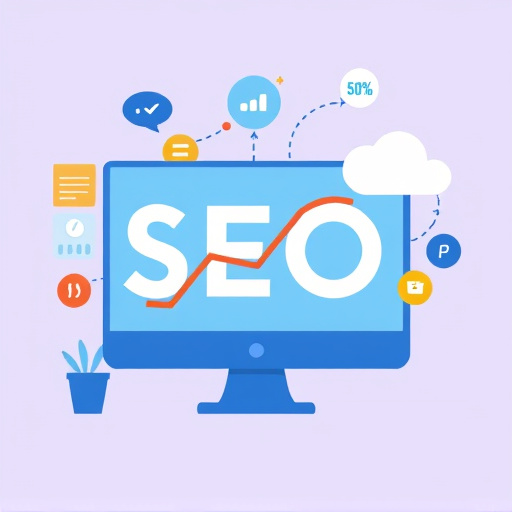
To craft compelling product descriptions that drive sales, it’s crucial first to understand your target audience. On-page SEO strategies for e-commerce sites go beyond just optimizing meta tags and keywords; they involve truly knowing who you’re selling to. This means delving into demographics, psychographics, and the specific needs, preferences, and pain points of your ideal customers. By targeting long-tail keywords in e-commerce that reflect these nuances, you can create descriptions that resonate deeply with shoppers.
For example, if your target audience leans towards eco-conscious consumers, incorporating terms related to sustainability or locally sourced materials into your product descriptions could be highly effective. Improve user experience in e-tail by making descriptions not just informative but also engaging and helpful. Leveraging user reviews to boost rankings in your online store can further enhance credibility and drive sales at scale. Additionally, optimizing for local search in e-commerce by incorporating location-specific keywords can help reach a more relevant audience, driving both local and widespread sales growth.
Master Keyword Research for Product Descriptions
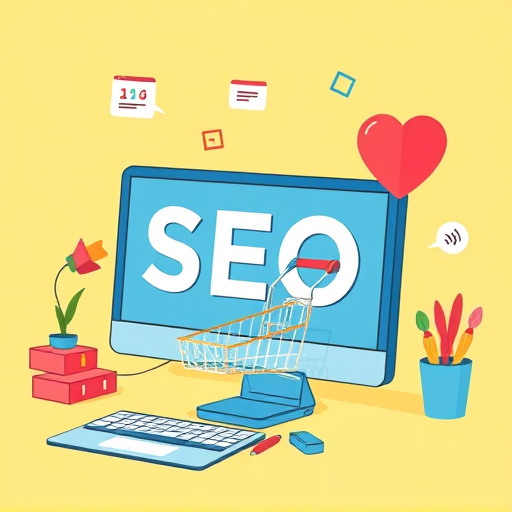
Mastering keyword research is a cornerstone of any successful on-page SEO strategy for e-commerce sites. It involves delving into consumer language and search patterns to uncover the terms they use when looking for products like yours. Tools like Google Keyword Planner, SEMrush, or Ahrefs can help identify high-volume, relevant keywords with low competition, which should be seamlessly integrated into your product descriptions. This ensures that your listings appear in targeted searches, attracting potential customers who are actively seeking what you offer.
Beyond basic keyword optimization, consider the unique selling points (USPs) of your products. Crafting compelling product titles online that highlight these USPs not only aids search engines but also captivates buyers scrolling through vast e-commerce platforms. Additionally, when optimizing for local search in e-commerce or comparing organic vs paid traffic sources for e-commerce, keywords play a pivotal role. Best meta tag practices involve using descriptive and keyword-rich titles and descriptions that accurately reflect the content of each product page, enhancing user experience and driving conversions at scale.
Craft Compelling Headlines and Openings
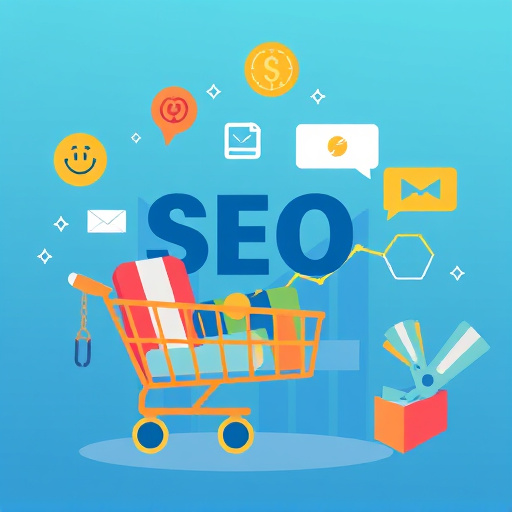
Creating engaging product descriptions that drive sales is an art, and it starts with captivating headlines and openings that draw in your target audience. In the competitive landscape of e-commerce, where buyers scroll through countless options, crafting a compelling on-page SEO strategy for your e-commerce site can make all the difference. Think of it as the first step in transforming visitors into paying customers.
Your headline should not only accurately describe the product but also spark interest. Use keywords strategically to optimize your product pages for search engines while keeping the language fresh and engaging. For instance, instead of a generic “New Arrivals” title, consider something like “Discover Our Latest Innovations: Elevate Your Style with Our Exclusive Collection.” This approach not only aids in SEO tips for product listings online but also creates a sense of excitement. Similarly, the opening paragraph should set the tone, providing a brief yet compelling summary that resonates with your audience’s needs and desires. Remember, your goal is to find that sweet spot between attracting attention through unique language and ensuring your e-shop’s visibility in a crowded market—a place where potential buyers can quickly identify if your product is a good fit for them, even before they dive deeper into the description.
Highlight Unique Selling Points (USPs)
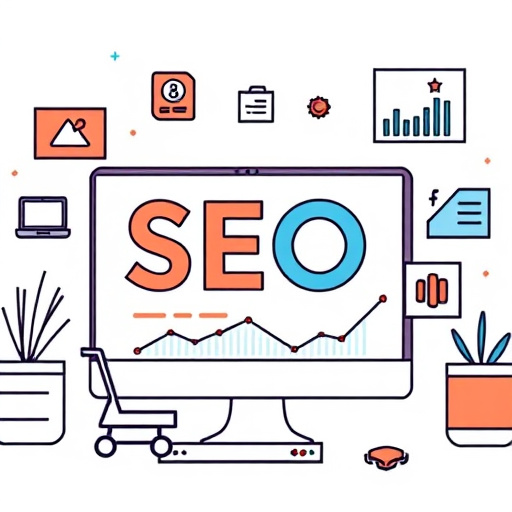
When crafting product descriptions, it’s crucial to highlight the unique selling points (USPs) that set your offerings apart from competitors. This involves identifying the distinctive features and benefits that appeal directly to target customers. For instance, if you’re selling eco-friendly clothing, emphasize materials sourced sustainably or innovative designs that promote a more environmentally conscious lifestyle. By doing so, you capture the attention of conscious consumers, who are increasingly making purchasing decisions based on ethical considerations.
On-page SEO strategies for e-commerce sites play a significant role in enhancing visibility and driving sales. Incorporate relevant keywords naturally throughout your product descriptions to optimize for search engines. For example, if your focus is “increase organic traffic to your digital storefront,” weave this phrase seamlessly into your content, along with other related terms like “secrets to successful A/B testing on e-commerce sites” and “maximize website potential for online sales.” Additionally, remember the importance of local SEO when creating content. Incorporate brand or business name in context as you “find us at optimizing for local search in e-commerce,” ensuring both discoverability and a strong connection with nearby customers.
Use Storytelling to Create Emotional Connections

In today’s digital landscape, e-commerce businesses are constantly seeking ways to stand out and capture their target audience’s attention. One powerful on-page SEO strategy for e-commerce sites is storytelling—a technique that can forge emotional connections with potential customers. By weaving narratives around products, brands can go beyond simply listing features and benefits. For instance, instead of describing a pair of hiking boots as “waterproof and durable,” a compelling story might depict an adventurer conquering treacherous terrain, highlighting the boots’ role in their success. This approach not only engages readers but also aligns with the customer’s aspirations, making them more likely to convert.
When applying storytelling for e-commerce sites, remember that it should be authentic and relevant to your brand and target audience. Using keywords like “optimizing images for better search visibility e-commerce” or comparing SEO tools for e-commerce businesses within a narrative can feel contrived. Focus on creating an emotional arc that resonates with shoppers’ desires. For instance, a skincare brand could tell the story of a person struggling with acne and then finding relief through their products. This strategy not only drives sales but also helps in fixing low conversion rates online stores by fostering trust and loyalty. And when it comes to enhancing your SEO efforts, give us a call at best meta tag practices for e-commerce websites—a simple step that can significantly improve search visibility.
Optimize for On-Page SEO and Conversion Rate
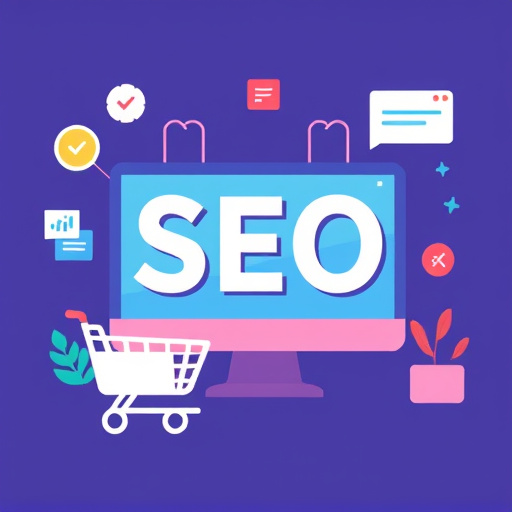
To maximize sales and reach a wider audience, it’s crucial to optimize your product descriptions for on-page SEO and conversion rate. This involves implementing effective strategies tailored for e-commerce sites. Start by conducting thorough keyword research to identify high-volume, low-competition keywords that accurately describe your products; these are the terms potential customers will use when searching for items like yours. Incorporate these keywords naturally into your product titles and descriptions without compromising readability or authenticity.
Additionally, focus on optimizing images for better search visibility in e-commerce. Ensure each image is tagged with descriptive file names and alt text that include relevant keywords. This helps search engines understand the content of your images, enhancing your site’s chances of appearing in image search results. Targeting long-tail keywords—more specific phrases with lower search volume—can also be a powerful strategy. For example, instead of focusing solely on “shoes,” target “best running shoes for women.” This not only attracts a more qualified audience but can drive higher conversion rates as well. Visit us at [Increase Organic Traffic Digital Storefront Anytime] to explore these strategies in action and boost your e-commerce site’s performance through effective on-page SEO tactics.
By implementing these proven on-page SEO strategies for e-commerce sites, you can transform your product descriptions from mere text into compelling narratives that captivate your target audience. Remember, engaging copy doesn’t just drive sales at scale; it fosters emotional connections, builds brand loyalty, and positions your products as must-haves in the minds of your customers. Start crafting descriptive, SEO-rich content today to boost your e-commerce success.
